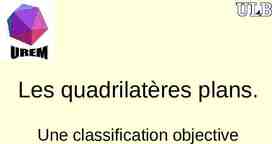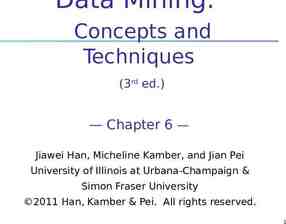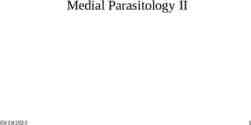Chi Square in IB Biology 10.2 part 2
7 Slides407.38 KB

Chi Square in IB Biology 10.2 part 2

In this class it will be either testing to see if organisms are randomly distributed (ecology) or to see if genes are linked or not (genetics)

Degrees of freedom: The number of groups -1 For our problems this will most likely be the number of phenotypes possible -1 If X2 value falls to the right of the 0.05 column we reject our null hypotheses that the genes are not linked

10.2.U5 Chi-squared tests are used to determine whether the difference between an observed and expected frequency distribution is statistically significant. AND 10.2.S3 Use of a chi-squared test on data from dihybrid crosses. Testing dihybrid crosses – using the chi-squared test Now try extending your understanding of dihybrid crosses using data. Follow the links below and complete the examples and problems: CORN GENETICS CHI SQUARE ANALYSIS by Biology Corner http://www.biologycorner.com/worksheets / corn chi.html Answer key: http://www.biologycorner.com/worksheets/ corn chi key.html Chi-square in biology: Testing for a dihybrid ratio http://mathbench.umd.edu/modules/s tatistical-tests chisquare intro/page15 . htm

In the species Miceus punkious fangs are a recessive trait (ff) and mohawks are also a recessive trait (mm). Two mice heterozygous for both traits are crossed and the following results are observed: 80 normal mice, 33 fanged, 33 mohawked, and 14 mohawked and fanged. Are these genes linked?

Chi square to test if results are close to what was expected Observed Normal 80 Fanged 33 Mohawked 33 Fanged/ mohawked 14 Total 160 expected (o-e) How many degrees of freedom? (o-e)2 (o-e)2/e

Observed Expected (o-e) (o-e)2 (o-e)2/e Normal 80 90 -10 100 1.11 Fanged 33 30 3 9 .3 Mohawked 33 30 3 9 .3 Both 14 10 4 16 1.6 Total 160 160 3.31






